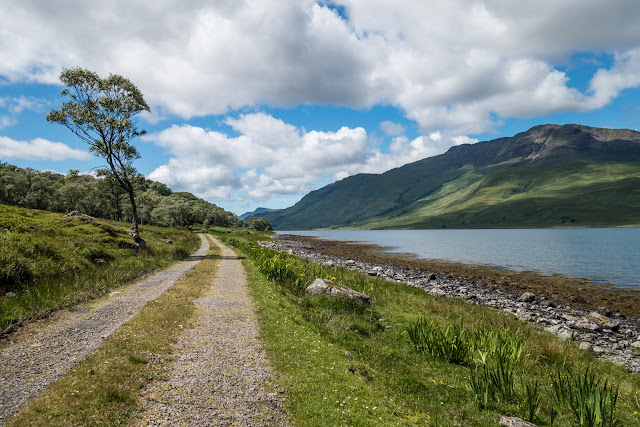Thorpeness & Peter Pan
In the late 19th century, the Thorpeness we know today was a tiny fishing hamlet on the East Coast, buffeted by the merciless North Sea and home to only a few houses that had not been taken into the waves by erosion.Just a couple of decades later, it would be transformed into a fantastical holiday village, with a beautiful boating lake, complete with Peter Pan islands, a 70ft fairy tale cottage on stilts, mock-Tudor homes and a luxury country club.
In 1859, Alexander Ogilvie, a civil engineer from Scotland, bought Sizewell House as a holiday home in Suffolk. Having made a fortune from his work around the world as a railway engineer, within 40 years he had expanded his estate to over 6000 acres, stretching from Dunwich to the north, down the coast to Thorpe, and inland to Leiston and Aldringham. In 1908, the estate passed into the hands of Alexander’s son, Glencairn Stuart Ogilvie, born in 1858. Ogilvie was an Edwardian architect, barrister and playwright.
After severe flooding in November 1910 reduced Thorpe to a mere puddly field, Ogilvie purportedly looked out to the land at the southernmost point of his estate and declared, “Let’s keep it, and build a holiday village around it.”
So Thorpe was renamed Thorpeness to distinguish it from the many ‘Thorpes’ in the country and Ogilvie’s plan, to create a fantasy, holiday haven for the upper middle classes, was put into action. Work began promptly and the new country club, known as The Kursaal, with an 18 hole golf course and tennis courts, opened in May 1912, the same year that the first properties were leased in the village. Development was interrupted by the First World War, but the construction of more accommodation and other planned facilities continued in the years afterwards.
A concrete-brick-making machine was imported from Australia and used to make blocks out of shingle from the beach, making Thorpeness one of the first enterprises in Britain to utilise the potential of concrete.
The waters of the Meare, bordered to the south and west by the Hundred River, were originally part of an Elizabethan safe shipping haven that had silted up over the centuries. Following the November floods of 1910, Ogilvie was inspired to block the river permanently and create the piece that is central to the village. 64 acres of safe and shallow water, and ornamental gardens, were hand dug in the winter of 1912 to 1913. With a maximum depth of two feet, six inches, it was billed as “The Children’s Paradise”.
Thorpeness was promoted as “The Home of Peter Pan”. JM Barrie, author of The Boy Who Wouldn’t Grow Up (Peter Pan), was a friend of the Ogilvies and regularly visited the village. His characters inspired the magical little islands in the center of the famous Meare. The landings are still marked with names from the storybook, and you can find locations such as the pirates lair and Wendy’s home, to play on.
Looking across the Meare toward the windmill and famous "House in the Clouds", now a holiday let!
The picturesque Boathouse with a clock tower was built, rowing boats made available for hire, and teas served by the landing stage, all part of the fantasy
A water tower and flats of 1929 by William Gilmour Wilson as part of Thorpeness village development for Glencairn Stuart Ogilvie. Called The Sanctuary, I believe and is in Westgate.
This shows the less photographed east elevation of the tower.
Ogilvie needed a water supply for the village, so he built “The Gazebo”, a tower with a water tank on top, the tank cunningly disguised as a house. Then he bought the Aldringham windmill and set it up in rather curious juxtaposition to pump water to the tank. The Gazebo, however, was not just a tower with a water tank at the top. Beneath the water tank lay a seven bedroom house designed for holiday makers. Its first occupant was a lady of creative inclination who wrote stories and poems for children. She re-christened the Gazebo “The House In The Clouds”, and so it remains today, a famous landmark, though the water tank has long since been removed.
The windmill, which was moved from nearby Aldringham in 1923
When Stuart Ogilvie’s son died in the early 1970s, the family state began to break up. The family was left with punitive death duties, which were met by the gradual selling off of the village’s buildings and businesses. Houses were sold to those intending to be long-term residents, or frequent visitors to the village. By 2000, the only sector still owned and run by Stuart Ogilvie’s grandson, Glen, was the Meare.












Comments